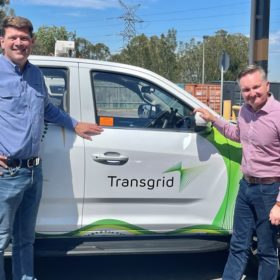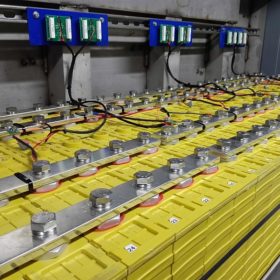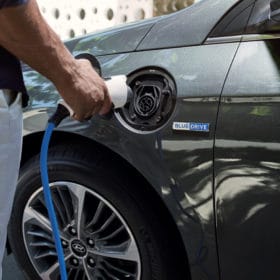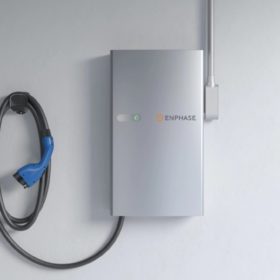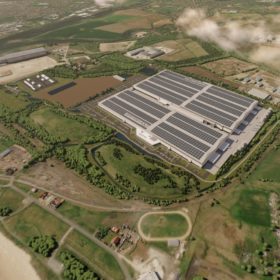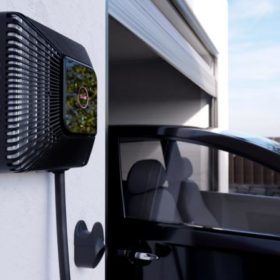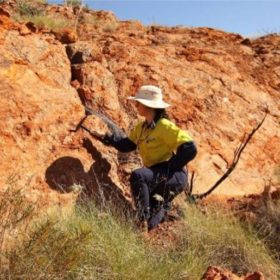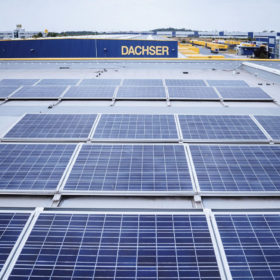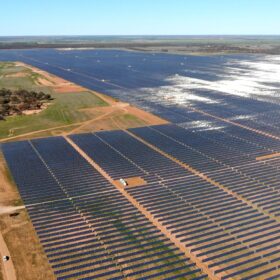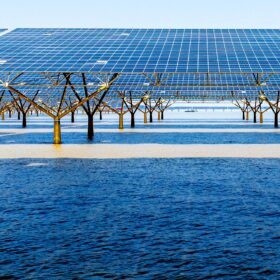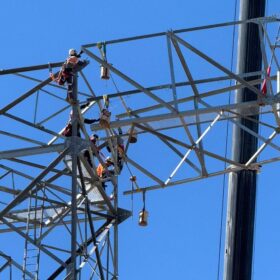Australia’s first electric utes to be trialled by Transgrid
New South Wales network Transgrid has announced it will trial the first dual-cab electric ute released in Australia.
NSW Liberals promise 30,000 EV chargers across NSW by 2026
If re-elected in March, the New South Wales Liberal and National coalition say they will fast track the rollout of public and private electric vehicle (EV) chargers by reforming strata and planning laws, and installing public facilities at transport hubs.
New EV battery offers 50% more energy density than traditional lithium-ion batteries
Ionblox says it will use $32 million of series B funding to support the buildout of a novel silicon anode electric vehicle battery.
Incentives for off-peak charging of electric vehicles could ease stress on the Australian grid
New data from Cornwall Insight Australia’s EV uptake model shows that under an extreme scenario, 22 million electric vehicles (EVs) are expected to be part of the National Electricity Market (NEM) states’ fleet by 2052.
Enphase demonstrates bidirectional EV charger
Enphase’s new bidirectional EV charger enables vehicle-to-home and vehicle-to-grid applications, and can be integrated with its home energy systems.
Recharge Industries looks to revive British battery gigafactory
Just weeks after announcing its intent to build a $300 million (USD 210 million) lithium-ion battery manufacturing facility in Victoria, Australia-based Recharge Industries is reportedly considering a bid for the collapsed UK battery company Britishvolt that could revive plans to construct a battery cell gigafactory in northern England.
South Australia gives vehicle-to-grid technology green light
South Australia has become the first jurisdiction in Australia to approve network connection of vehicle-to-grid technology in a residential setting, providing electric vehicle owners with the opportunity to send energy stored in their car’s on-board battery back into their own homes or the electricity grid.
Australian lithium miners lead way in battery minerals supply chain
With global demand for new energy storage soaring and nations and companies racing to secure battery metals supply chains, a series of major investments in Australia and Australian lithium mining companies is expected to accelerate the nation’s transformation into a critical minerals powerhouse.
Weekend read: From diesel to DC
For a long while, it looked as if hydrogen fuel cells would be the technology of choice for emissions-free road transport. However, truck manufacturers and freight forwarders recently turned their attention to battery-electric vehicles. This will require special charging technology and PV looks set to play an important role.
Schneider Electric releases residential solution with battery, inverter, EV charger
Schneider Electric’s new Schneider Home platform includes a smartphone app to monitor and allocate energy resources.
